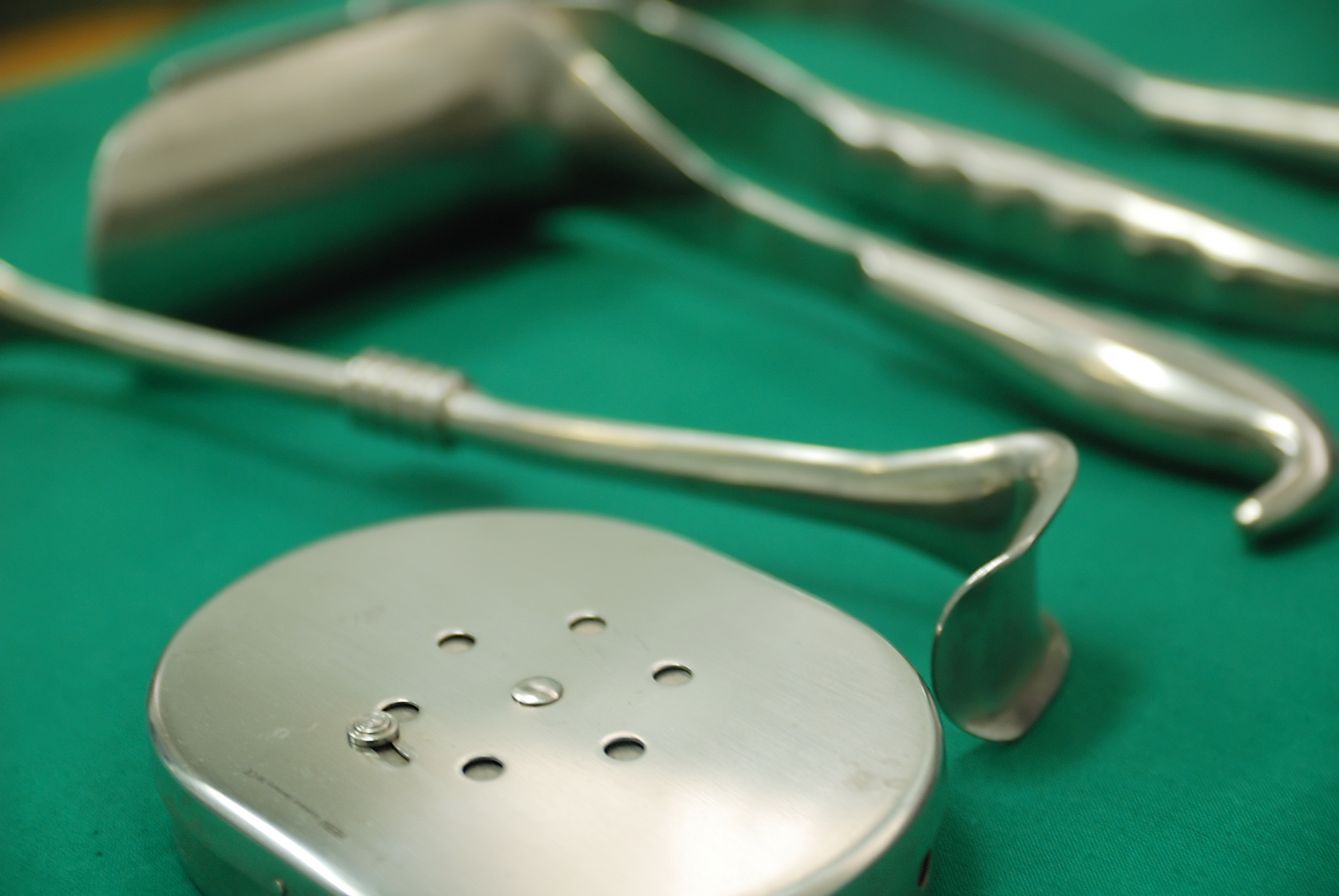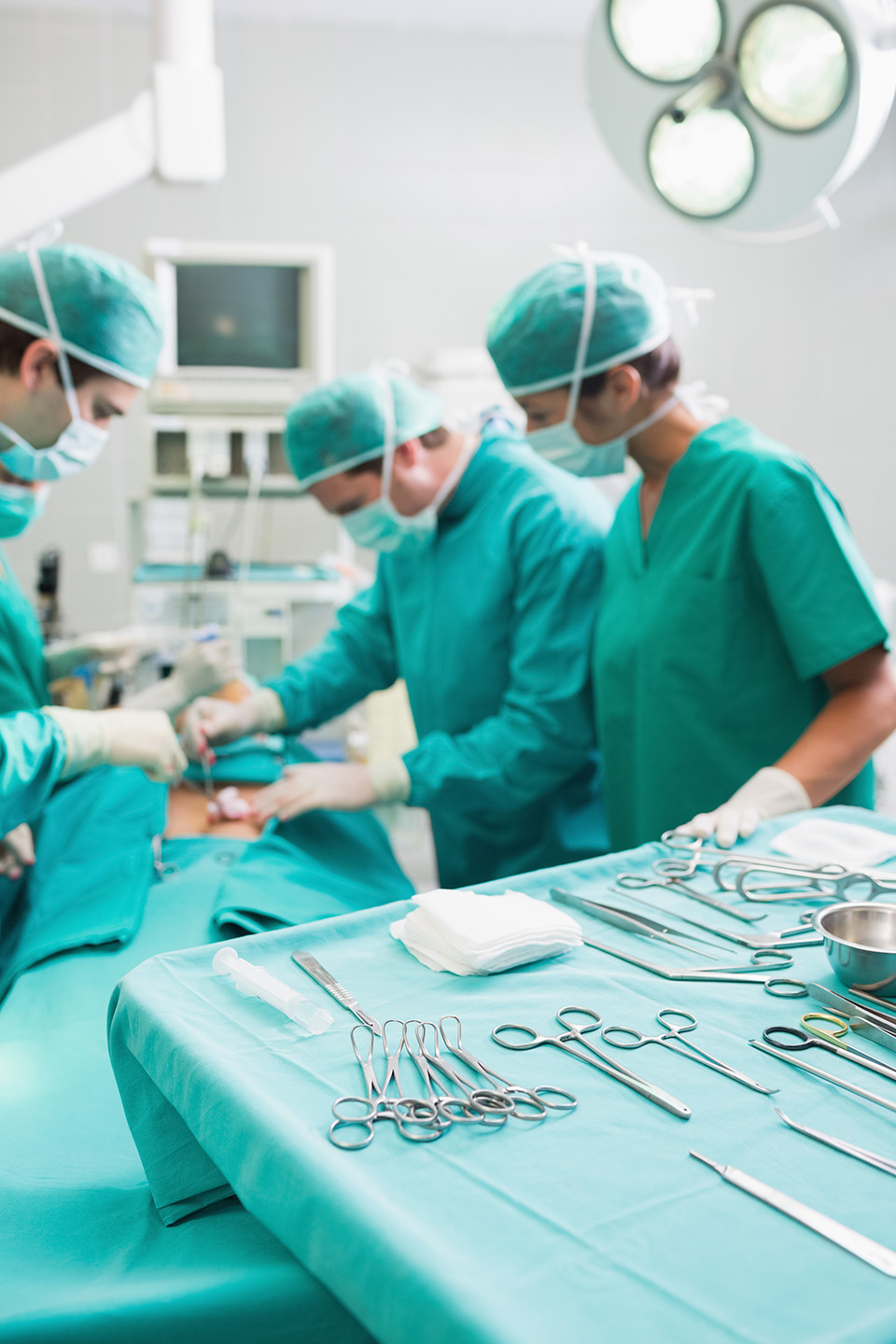General and Digestive Surgery Service
General Surgery
General Surgery is a specialty whose scope is very extensive. It includes a large group of diseases, initially divided into two. On the one hand, the disorders that can be initially assessed in the Specialist’s consultation because they do not present an urgent nature, and on the other hand, those that should be treated as emergencies, generally in hospital environments.
The diseases seen in this service are initially diagnosed or assessed by the GPs, by specialists in Gastroenterology and Digestive, or by specialists in Internal Medicine, which refer these patients to the surgery. Although sometimes it is the patient who directly goes to the specialist. It covers the surgical, elective and urgent pathology of the following systems, apparatuses and anatomical areas: digestive system, abdominal wall, endocrine system, breast, skin and soft tissues, retroperitoneum.
Service portfolio
- Surgery for gastroesophageal reflux disease. The main symptom is burning or burning after meals and occurs as a result of an incomplete or non-hermetic closure of the sphincter between the esophagus and stomach, reflowing part of the acid content of the stomach and producing lesions in the esophagus. This defect can be intervened by performing a fundoplication, which is a kind of “tie knot” around the esophagus made with the stomach itself. This procedure can now be performed laparoscopically or minimally invasively, which produces less pain and postoperative discomfort.
- Surgery of cholelithiasis. cholelithiasis is the presence of gallstones in the gallbladder leading to a picture of abdominal pain and nausea, sometimes occurring with vomiting, after eating meals, mainly those rich in fat. It is treated by minimally invasive surgery or laparoscopic surgery.
- Abdominal oncological surgery, this is of colorectal, biliopancreatic cancer, and liver, adrenal and spleen metastases. It consists of the removal of the tumor and the surrounding tissue.
- Abdominal hernia surgery with tension-free repairs by anterior or posterior laparoscopic approach.
- Immediate conservative and reconstructive surgery of breast cancer, with the Breast Unit.
- Thyroid surgery, both benign pathology and thyroid cancer.
- Surgery of morbid obesity, with restrictive and derivative techniques.
- Proctologic surgery, hemorrhoids, fissure, fistula, pilonidal sinus, incontinence, prolapse.
- Surgery of the complications of digestive diseases, this is peptic ulcer, diverticulitis, inflammatory disease.
- Installation and withdrawal of reservoirs for chemotherapy surgery. Subcutaneous Venous Reservoir Systems (SVR) are implantable systems for venous access because they are placed under the skin.
It is an internal central silicone catheter consisting of three parts: 1.- portal, 2.-Catheter 3.- Connector.
It is usually used in patients with intermittent medications
Digestive System
The specialty of Digestive System or Gastroenterology comprises two large blocks: on the one hand, diseases of the digestive tract (esophagus, stomach, small intestine, large intestine, rectum and anus) and on the other hand diseases of the liver, pancreas, gall bladder, biliary tract and peritoneum.
Complementary diagnostic tests
- Gastroscopy: it is an exploration of the esophagus, stomach and duodenum through the mouth through an endoscope. This instrument is a flexible tube shaped tube, ending in a lens and a camera. The images are transferred to a monitor to be analyzed or stored. It allows detecting diseases of these organs, taking samples for diagnosis and applying treatments.
- Colonoscopy: The colonoscope is a long thin flexible tube, with a size that can reach up to approximately 185 cm and a diameter that goes between 1.0 and 1.3 cm. At its tip there is a micro camera that transmits the images to the monitor. The last centimeters are articulated and can rotate at various angles to facilitate visualization of the colon. The colonoscope also allows the physician to introduce a kind of clamp, which can be used to remove, completely or partially, suspicious lesions, such as polyps (Polypectomies)
- Rectoscopy: It is a variation of the traditional colonoscopy, which is done with a shorter device, which only goes to the end of the descending colon. It allows the visualization of the rectum, sigmoid and descendant colon, which are the regions of the intestine that most frequently present tumor lesions.
- Study of Helicobacter Pylor
- Breath test
- Abdominal ultrasound


